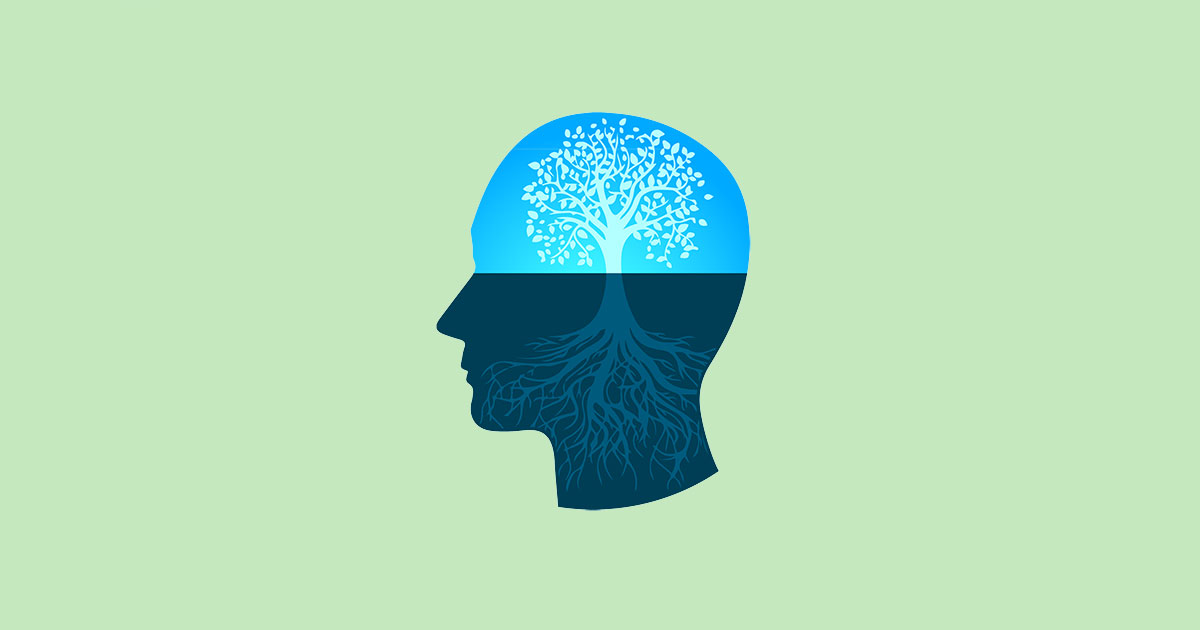
The 4 Pillars of Human Performance
As previously discussed in his blog title Everybody is a high-performance athlete!, 4D Health and Performance chiropractor David outlined how each individual has high-performance requirements throughout their daily lives. The more obvious performances are those completed on our televisions and in stadiums in front of thousands of people, but every day all of us get out of bed and perform – at work, at home or at school. The “success” of which we perform is dictated by the 4 Pillars of Human Performance.
- RECOVERY
- MINDSET
- MOVEMENT
- NUTRITION
This concept was first brought to my attention via a company called EXOS headed by Mark Vestagin. Now, I won’t go into his story today but if you are looking for more information on high performance in both the athletic and corporate world, looking up his name is a good place to start.
Let’s think about the body from an anatomical perspective. The brain sits on top and that’s the same way we approach the 4 pillars – Mindset sits on top.
Mindset is defined by the Cambridge dictionary as “a person’s way of thinking and their opinion.” Today a lot of us forget this, no one can tell us how to think but we can let external factors dictate our thoughts. When we truly grasp that we alone control our mindset the possibilities are endless! Now before we get all emotional and break out the tissues lets discuss motivation.
Motivations plays a huge part on mindset. What do you think about when you hear the word motivation?
Are you picturing a coach, your parents, a trainer, money, the latest podcast featuring Anthony Robbins (who is outstanding on a separate note) or a recent Instagram post from a Instamodel/instaexpert?
All these types of motivations can be put in the category called Externally regulated motivation which produces type-X behavior (Pink. D, 2009). While this type of motivation is powerful and useful in some settings and small doses, we can often fall into the trap of relying on external motivations which begs the question.
Is being motivated the same as being motivated? What’s missing?
You! AKA Intrinsic motivation
Internal motivation and type-I behavior is normally linked with determination, self-belief and a positive attitude (Pink. D, 2009). Now how can we foster internal motivation in our lives?
SELF-DETERMINATION THEORY
Proposes that intrinsic motivation emerges in accordance with the fulfilment of psychological needs via Autonomy, Competence/Mastery and Relatedness/Purpose (Deci, E. L., & Ryan, R. M. 1985, 2000., Ryan, R M. and Deci E. L. 2000., Pink. D, 2009.)
Autonomy is the cornerstone of all of this – it is the opportunity to develop one’s self, free from unwanted controls & influences. We need to give ourselves and others the opportunity to have autonomy.
Competence – the ability or belief in one’s ability to successfully or efficiently perform a task or the tasks required to reach an outcome i.e. a PERFORMANCE.
Relatedness – is the glue that connects how or what we do helps to foster autonomy and competence.
Extrinsic motivations – Can light the fire. Intrinsic motivations – Keeps it burning.
With this, a better definition reads:
‘MINDSET IS ABOUT APPROACHING A SITUATION OR WORKING TOWARDS A GOAL WITH A FULL UNDERSTANDING OF WHAT IS REQUIRED TO ACHIEVE SUCCESS.’
SO, LET’S TIE THIS TOGETHER!
Our mindset towards movement, nutrition and recovery heavily dictates our ability to have harmony across all 4 pillars. Let’s really think about that – simply having the realization that you do not need to place so much pressure on just one or two pillars can be truly liberating. I see so many people sacrifice mindset and recovery for nutrition and movement which is not sustainable. Things like “cheat meals” and “days off” can be scary words but when they serve the purpose of bettering our mindset and/or recovery then I am all for them!
It is important to remember that this is not an excuse to go home and eat a tub of ice cream or 12 pieces of the colonel’s finest, but a social dinner with family and friends eating foods that may not be “healthy” can serve its purpose.
Similarly, it’s not about being positive all the time and hugging everyone you see (everyone love’s a hug though) sometimes we need to kick the door down and get angry if the situation calls for that, but I want to finish with some simple questions.
Are extrinsic motivators dominating your mindset?
Are their opportunities in your life to promote autonomy, competence/mastery and relatedness/purpose?
If yes what is holding you back?
References:
1. Deci, E. L., & Ryan, R. M. (1985). Intrinsic motivation and self-determination in human behavior. New York: Plenum.
2. Deci, E L., and Ryan, R M. “The” what” and” why” of goal pursuits: Human needs and the self-determination of behavior. “Psychological inquiry 11.4 (2000): 227-268.
3. Pink, D. H. (2009). Drive: The surprising truth about what motivates us. New York, NY: Riverhead Books.
4. Ryan, R M. and Deci E. L. “Self-determination theory and the facilitation of intrinsic motivation, social development, and well-being.” American psychologist 55.1 (2000): 68.